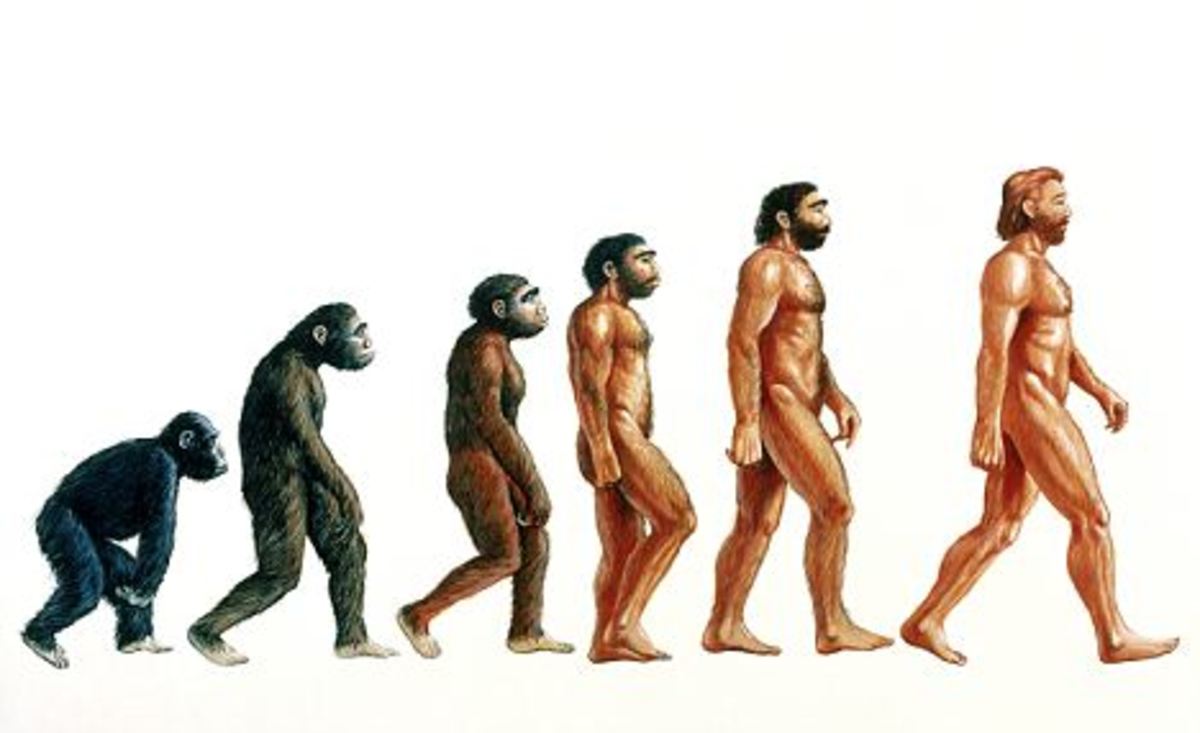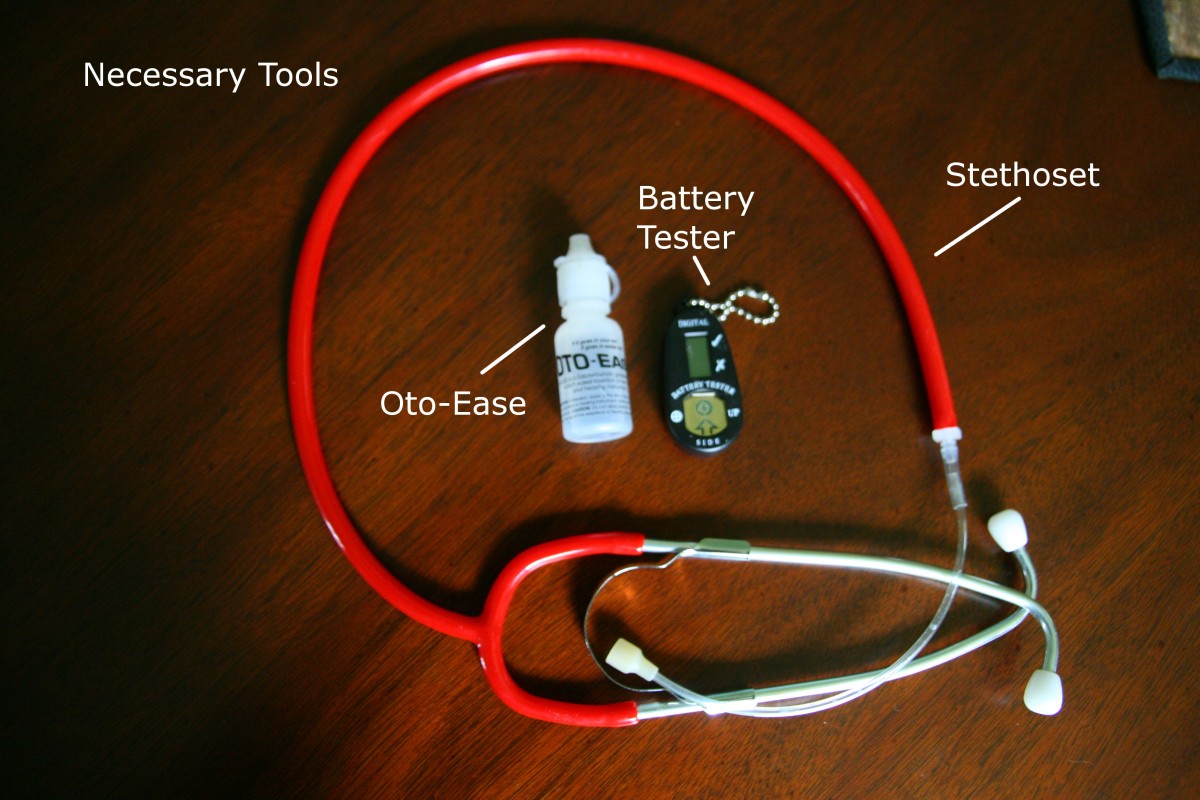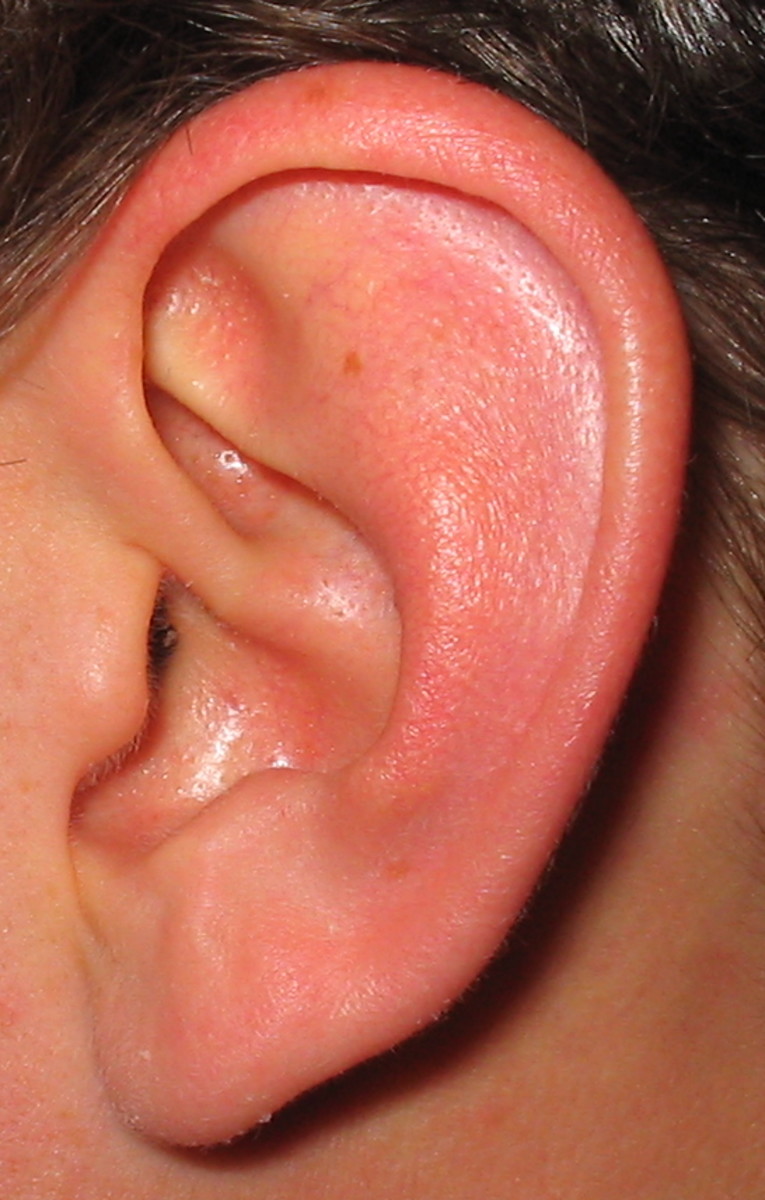The Importance Of Mother-Infant Bonding To A Child's Emotional Health
Oh, Baby

Emotional And Social Health
The neurological and physiological development of the human infant is complex and extraordinary. They are equipped with numerous reflexes geared to survival outside of the womb, and there is evidence of prenatal reflex behaviors. In addition, many researchers believe that learning takes place before birth, and certain learning is essential to the the attachment bond between the infant and his mother. There is evidence that the infant shows a preference for human facial features and that he also prefers a female voice over a male voice. The mother-infant bond is critical to the emotional and social development of the human infant.
There is also some evidence that states that the round shape of a human infant's face is attractive to the human adult and that the infant's cries are designed to grab the attention of adults in order to ensure the infant's survival. The bond that develops between a mother ( or father in some cases ) and her infant is crucial for the infant's survival and well being.

Baby Larry

Reflexes
The physiological growth and development of a newborn infant is an amazing process. An infant is equipped with a number of reflexes that help him adjust to life outside of the uterus. One of the most commonly known reflexes is the rooting reflex, which is entwined with the sucking reflex. These two reflexes help to ensure that the newborn will be able to take necessary nourishment, and is initiated by a soft, gentle touch on the cheek, chin, lips, or the inside of the mouth, especially the soft palate. The capacity for this type of behavior rests in the midbrain and it paves the way for later learned behavior. Reflexes in infants are present for about the first three months after birth; they allow the cortex to store information and they also act as a set-up for new learning ( Brazelton, 1983).
Laughing Baby
Mother-Infant Bond
The mother-infant bond is extremely important to the present and future emotional health of a child. There are clear indications that an infant is ready to respond to his mother from the moment of birth. Evidence that an infant hears and recognizes his mother's voice prenatally, and experiments have shown that newborns prefer a human face and also prefer a female voice. This innate preference in addition to several reflexive behaviors are important to the concept of bonding. Researchers recognize the fact that infants actively participate in the development of the attachment bond, using eliciting behaviors, such as crying or catching the the parent's eye, rather than passivity. The human infant appears to be preprogrammed for attachment to the primary caregivier, and it is the failure of a significant attachment that shows the importance of such a bond (Brazelton & Cramer, 1990).
Bonding Moment
Effects Of Poor Bonding
The majority of research asserts that mother- infant attachment bonds are crucial for proper emotional and social development of the human infant. It is, therefore, important to continue research in this area due to the adverse effects that are possible in the absence of a strong mother-infant attachment. The effect of poor bonding on a child may range from mild to severe, however, the most severe is the effect on the child who has never bonded to anyone. The first two years are the most crucial to the attachment bond and a failure to attach may result in the development of a severe personality disorder, or even a sociopathic personality.
For many years, research has indicated that the beginning of a child's development will foretell the emotional and psychological health of the adult. In some cases, such as "failure to thrive syndrome", the future physical health of a child can also be determined. I cannot speak for other countries, but in the United States, more money is spent on keeping people locked up in prisons than on the the health and welfare of our children. Perhaps it is time to change that.
Attachment Disorder
Do you believe that the failure to attach in infancy can cause social and emotional disorders in children?
Bonding Links
- Educational Games for Infants and Toddlers
Playing games is the best way to help your little one learn. Here are some ideas for fun educational games for infants and toddlers. - Infant Massage Good for You and Your Baby
When you were pregnant, you imagined blissfully holding your infant all day, getting to know him or her, bonding, feeding, and napping. Not so suddenly, the baby’s on the outside, and you find out that there’s a lot of stress for you and... - Conduct Disorder In Children
Conduct Disorder He had bright blue eyes and blond curly hair. I asked him why he was in the hospital and he looked up at me with such an innocent expression on his face. He said, "I tried to kill my mother".... - Bonding With Your Baby
Bonding, the intense attachment that develops between you and your baby, is completely natural. And it's probably one of the most pleasurable aspects of infant care.
© 2009 Mary Krenz








